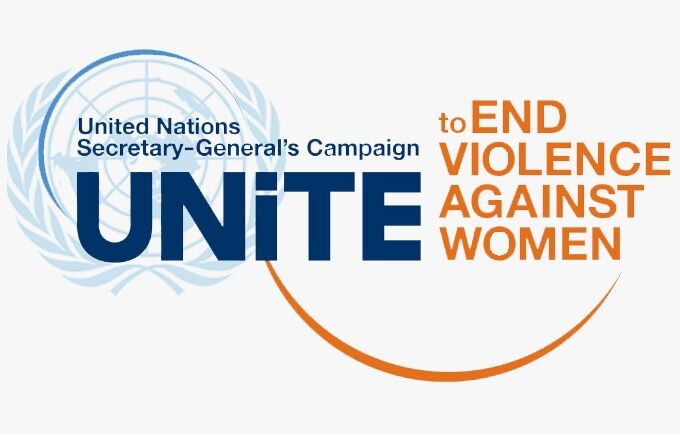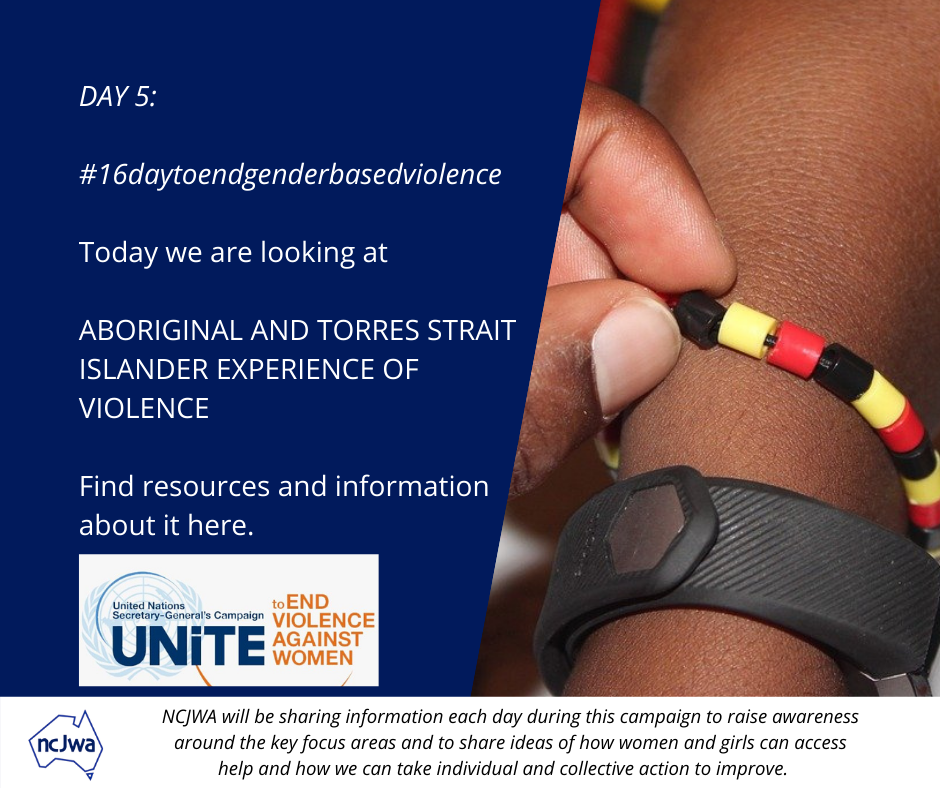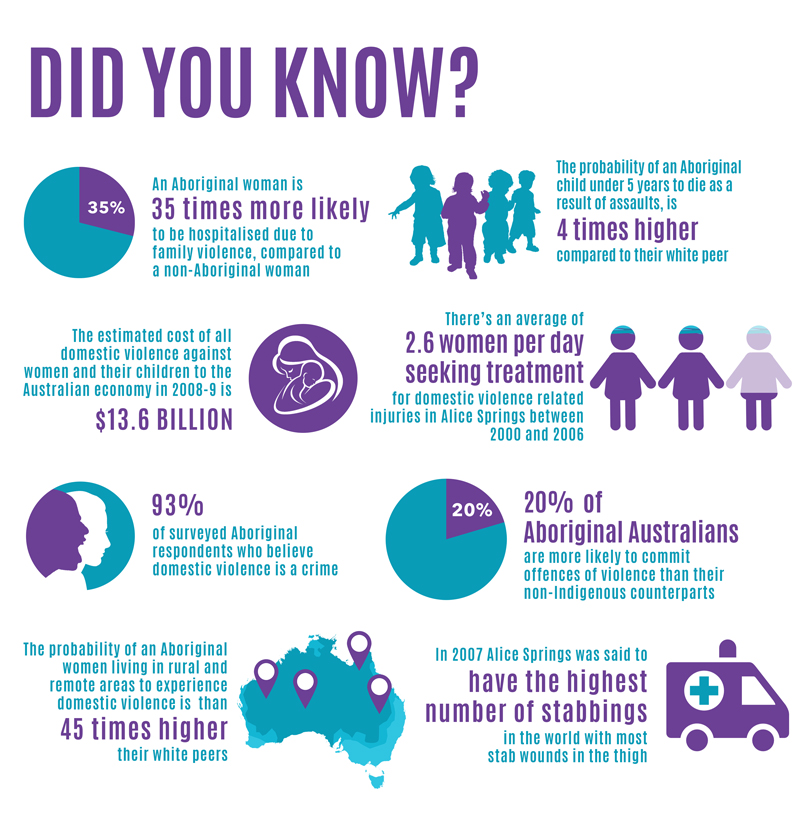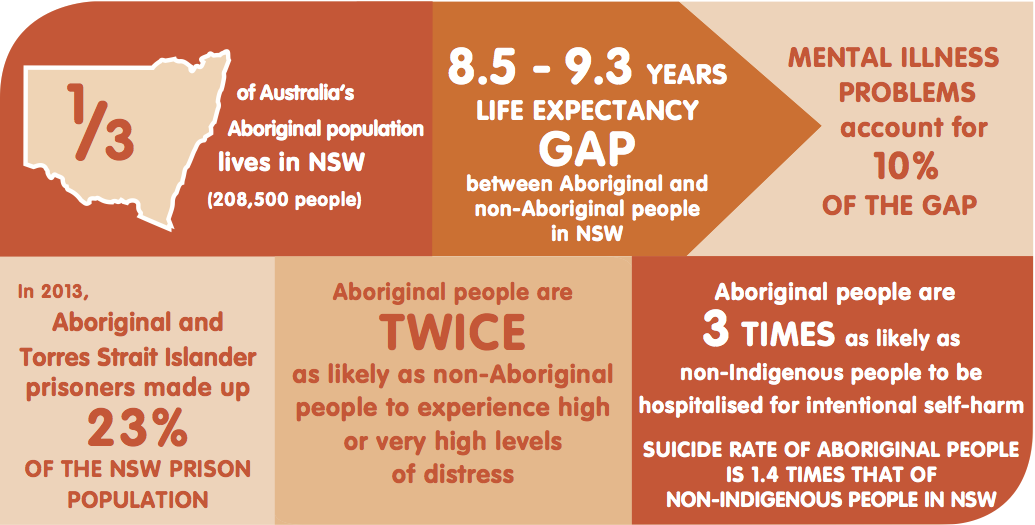We must respond to and act to prevent violence towards Aboriginal and Torres Strait Islanders
Australia’s first Nation women experience an unacceptably high level of violence. The situation for Indigenous women is exacerbated by factors such overcrowded housing, inequitable health care access, trauma and racism. More information is below.
However it must be recognised that this violence occurs in the context of Australians in general displaying an ongoing high level of racism towards our first peoples. With more than 43% of them thinking that moving away from indigenous Australians when sitting on a bus is not an act of racism or rejection.
Furthermore, the Australian Government has failed to work with communities to ensure that there is economic sustainability and independence. This results in preventable widespread poor mental health.


Violence Against Indigenous Women
Aboriginal and Torres Strait Islander women are overrepresented both as victims of abuse and as prisoners. In Australia, Aboriginal and Torres Strait Islander women report experiencing violence at three times the rate of non-Indigenous women.
In 2014–15, hospitalisation rates due to family violence were also 32 times higher for Indigenous women than for non-Indigenous women.
In 2018, the Australian Law Reform Commission highlighted the over-incarceration of Aboriginal women described how family violence and sexual assault were significant factors leading to their imprisonment.
Research has found Aboriginal mothers in Western Australia are 17.5 times more likely to be killed than non-Aboriginal mothers, while Indigenous women generally are more than 21 times more likely to be imprisoned than non-Indigenous women.
In the Northern Territory the rate of hospitalisation is up to 86 times higher for Aboriginal women. In central Australia, this figure is 95 times more likely for Aboriginal women.
Research suggests up to 90% of violence experienced by Aboriginal and Torres Strait Islander people goes unreported.
NB: Whilst Violence within Aboriginal and Torres Strait Islander Communities does occur (and at a tragic rate) – that violence and trauma is amplified in the institutional and systemic racism that has left communities dependent on NGO’s, without stable income and adequate housing or healthcare.


Contributing factors to Domestic Violence in Indigenous Communities
• high levels of alcohol misuse and illicit drug use
• high levels of individual, family and community instability and additional social stressors such as: poor and
overcrowded housing conditions, financial difficulties, low education, low income, and high unemployment
• remote location and poor access to services (such as police presence)
• childhood experience of violence and abuse
• younger age (14–15 years, reaching a peak during the mid 20s and early 30s)
• a relationship between the victim and the perpetrator
• for mothers, being a single parent and/or having been forcibly removed from her natural family
• poor physical and mental health
• disability.
Sources
https://www.sbs.com.au/topics/voices/relationships/article/2018/11/15/preventing-violence-against-indigenous-women-needs-be-national-agenda
https://pursuit.unimelb.edu.au/articles/at-risk-aboriginal-women-and-children-forgotten-in-crisis
https://ncas.anrows.org.au/wp-content/uploads/2019/05/2017-NCAS-ATSI-Sub-Report.pdf
https://www.aihw.gov.au/getmedia/c0e5bdde-e9c4-4a1f-808e-256191835cde/ctgc-rs37.pdf.aspx?inline=true
https://time4respectdotcom.wordpress.com/aboriginal-communities/
https://www.ourwatch.org.au/resource/changing-the-picture/
